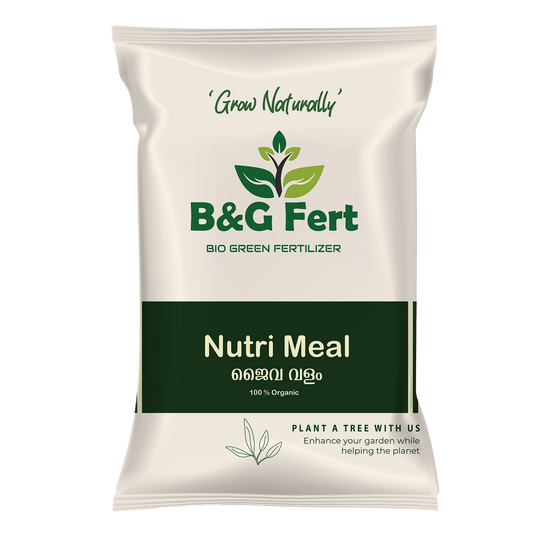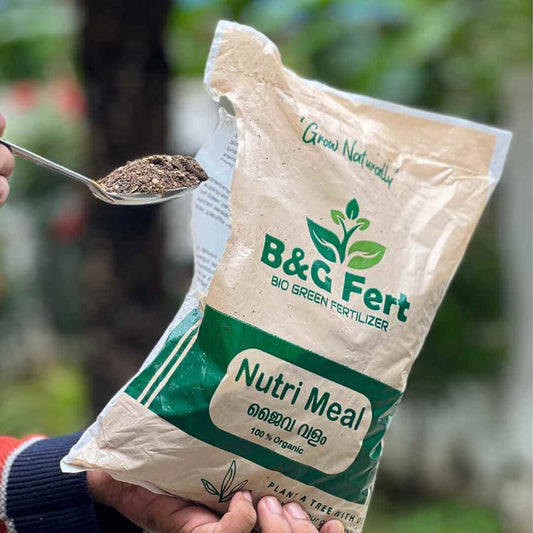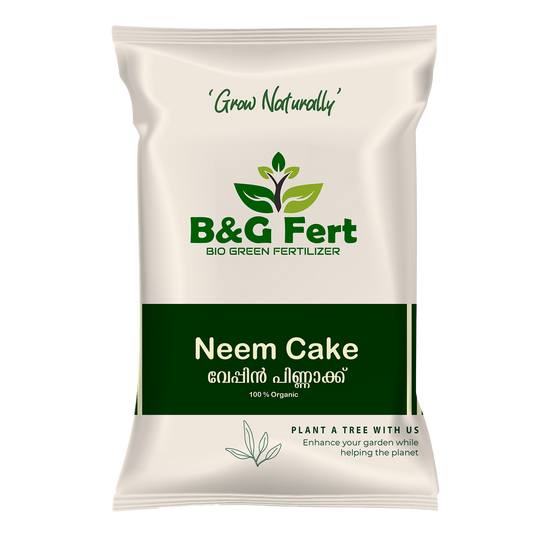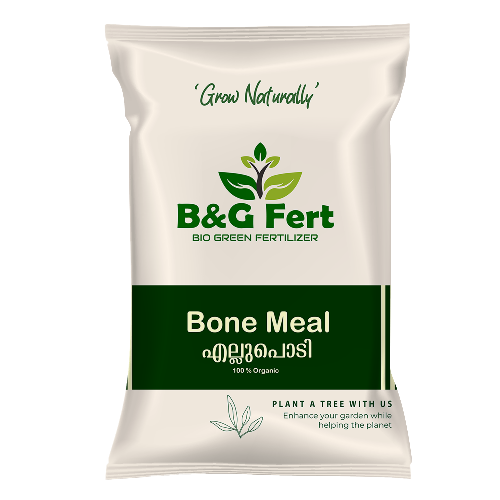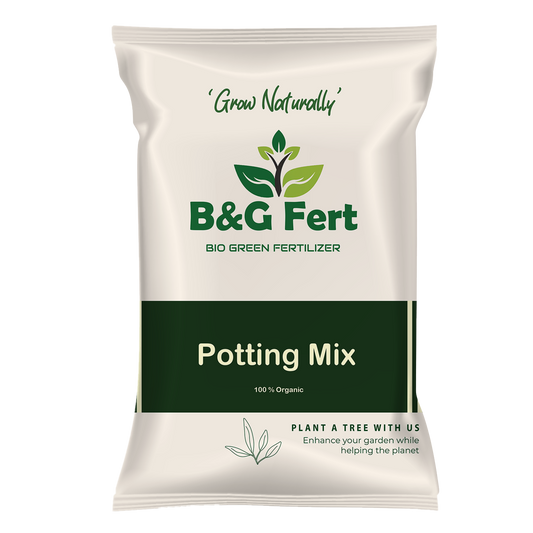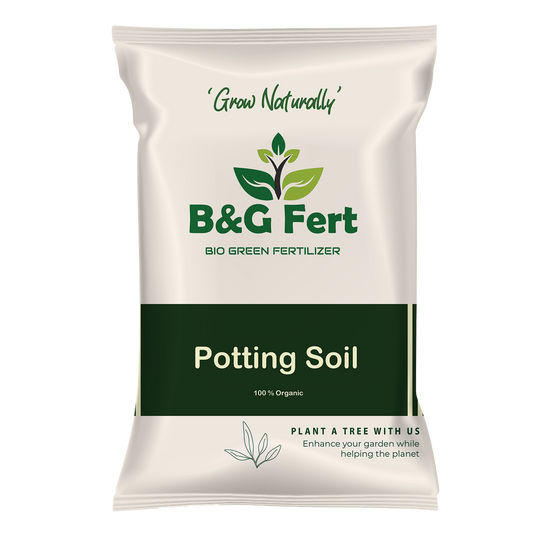
Top 7 Signs Your Plants Need a Nutrient Boost
Introduction
Even the healthiest gardens can sometimes show signs of struggle. Yellow leaves, slow growth, or weak stems are often symptoms of nutrient deficiencies. Recognizing these signs early allows you to treat the problem naturally and get your garden back on track. In this guide, we’ll explore how to read your plants and give them the support they need using natural methods.
Common Symptoms and What They Mean
If your plant leaves are turning yellow and falling off, it could be a sign of nitrogen deficiency. Pale or purple leaves often indicate a lack of phosphorus, while browning leaf edges suggest potassium deficiency. Slow or stunted growth, weak flowering, or drooping leaves can also signal that your plant is hungry for nutrients.
Natural Ways to Fix It
Adding compost or worm castings is a simple and effective solution. They slowly release nutrients and improve the soil's health over time. Liquid fertilizers like seaweed or compost tea can provide a quick boost. Bone meal and neem cake are excellent natural options for plants that need phosphorus and micronutrients.
Prevention Is Better Than Cure
Feed your plants at regular intervals during the growing season. Mulch your soil to retain nutrients and moisture. Rotate your crops and avoid over-watering, which can wash away essential minerals.
Conclusion
Knowing how to read the signs of a struggling plant is one of the most valuable gardening skills you can have. By using natural remedies, you not only restore plant health but also build a more sustainable and resilient garden over time.
